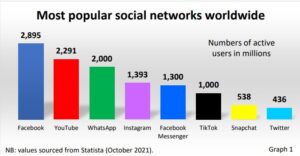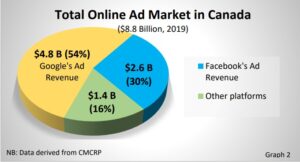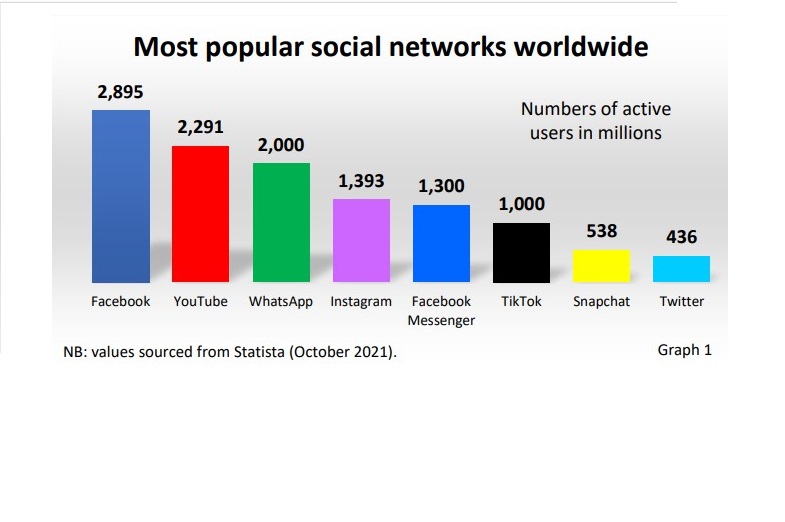Balance needed between online media and independent press

The world of communications is constantly evolving. Over 3.6 billion people worldwide use social media to stay connected, to share content and to stay informed.
Digital platforms play a major role as they are the pathways through which people access their news and information, (see graph 1). The symbiotic relationship between news publishers and digital platforms should be beneficial to both parties. But, this is not always the case. Especially, in a world where the pandemic seems to have accelerated the digital transformation in society.
It has become increasingly easier for people to access information by scrolling through platforms like Facebook or search engines like Google. Consequently, news publishers benefit by increased traffic to their own sites and larger audiences.
However, when it comes to revenue sharing between digital platforms and news organizations, things may not appear as beneficial or equitable for all parties involved. A major impression would be that the benefits skew in favour of the online search sources and social media platforms. They have access to news content and a lucrative revenue stream while news publications (digital and print) and independent digital content creators appear to get little in return.
It is easy to point to some of the most dominant players in the industry like Google, Facebook, Netflix, Amazon, Twitter and Apple. People more often turn to these popular online sources to stay informed. According to the Canadian Media Concentration Research Project (CMCRP), those global internet giants had a combined revenue of $9.3 Billion (B) in 2019.
That same year, total online advertising revenue in Canada was about $8.8 B, an increase of about 15% over the year before. Not surprisingly, Google’s Canadian ad revenue totaled $4.8B, that represents over half of all online advertising in Canada. As for Facebook, its Canadian ad revenue totaled $2.6B. (See graph 2)

The top two online media platforms combined represent more than 80% of the total online ad market. That leaves little room for competitors in the industry to gain a foothold and benefit from advertising revenue.
Although newspapers continue to be a critical part of the news landscape, it is essential that they continue to evolve and adapt in the digital age. To this effect, news media organizations like newspapers invest substantial resources to make their services more accessible to the public via digital platforms.
Despite some increased traffic to their websites and a marginal increase in revenues via new subscriptions, online revenue for daily and community newspapers has only experienced modest growth, as indicated by Professor Dwayne Winsek, professor at the School of Journalism and Communications at Carleton University.
His comments, published by CMCRP (May 2021) to the Department of Canadian Heritage’s Consultation on Fair revenue sharing between digital platforms and news media, also pointed out that online advertising revenue for newspapers has hovered around $300 million (M). Furthermore, it appears to have peaked at $325 M in 2018 before starting to recede.
Given the plethora of information available through various media sources, including that which is free to access, it will be increasingly challenging for media outlets to turn a profit. Publications have relied on advertising as a main source of funding for years.
As that source dries up for independent press groups, government policies, like that of the proposed Bill C-11, may prove beneficial in helping support local news media agencies. That is, of course, if those policies also protect the freedom of speech.



